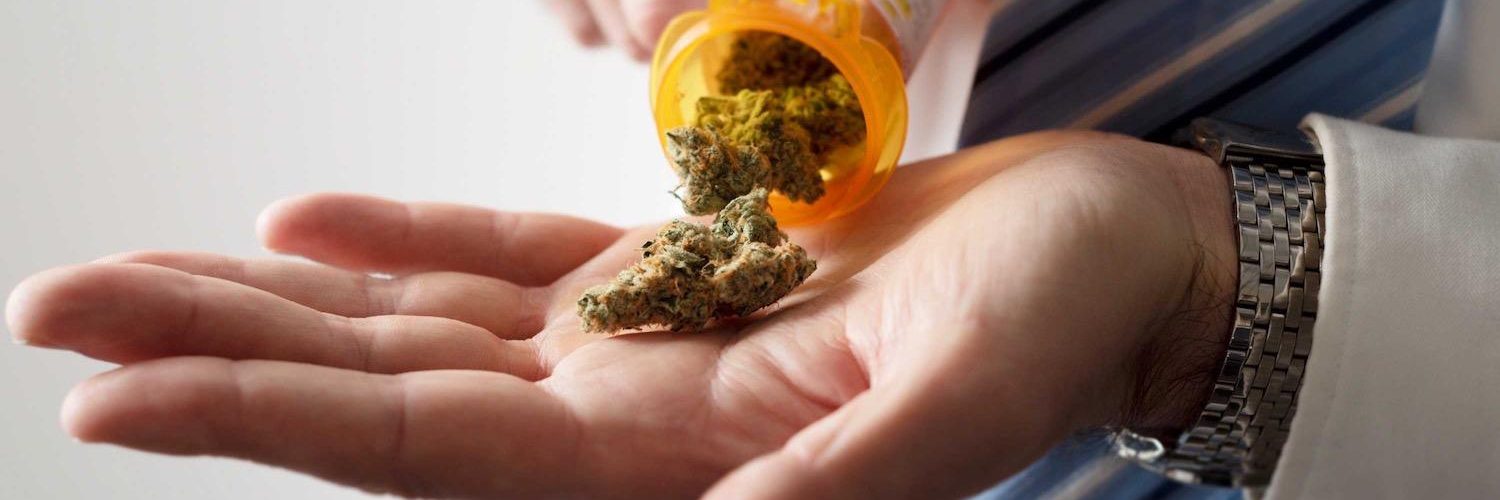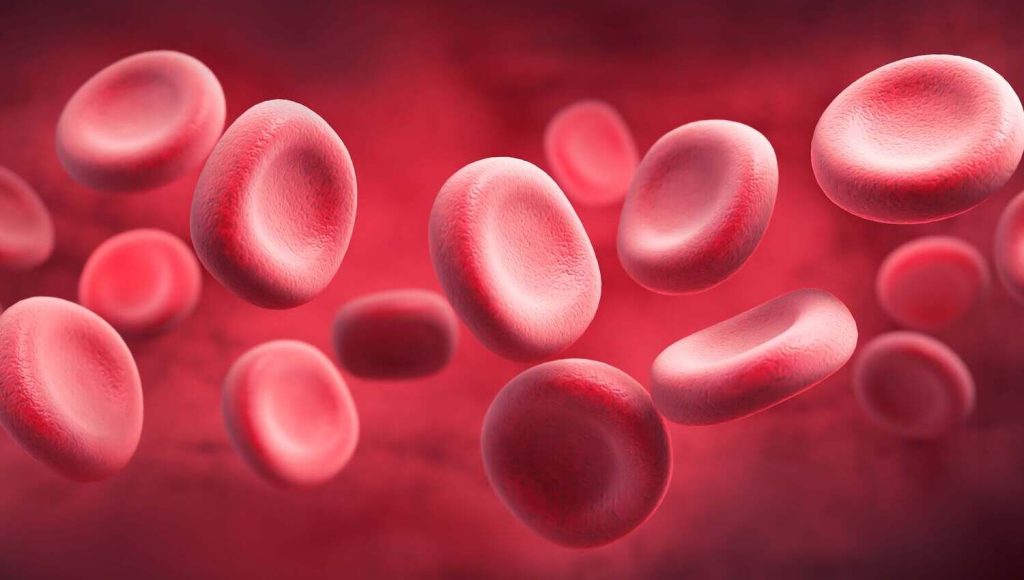Weed And Sickle Cell Anemia
- Jake Peter
- Published: August 16, 2023
- Fact-checked by Dr. Desiree Granados

Sickle cell anemia, a genetic disorder leading to the production of abnormally shaped red blood cells, is a cause of significant pain and life-threatening complications for many individuals worldwide. As medical professionals continue to explore effective treatments and pain management strategies for those afflicted, one potential candidate has begun to emerge: cannabis.
What is Sickle Cell Anemia and What are the Symptoms?
Sickle cell anemia is a severe hereditary form of anemia in which a mutated form of hemoglobin distorts the red blood cells into a crescent shape at low oxygen levels. It’s caused by a specific genetic mutation in the HBB gene, which is inherited from both parents, leading to the production of abnormal hemoglobin–the protein in red blood cells that carries oxygen.
The symptoms of sickle cell anemia typically arise in early childhood. They can vary from person to person and change over time, but may include anemia (low number of red blood cells), episodes of pain (referred to as “sickle cell crisis”), frequent infections, delayed growth, and vision problems. The sickle cells also have a shorter lifespan than normal red blood cells, leading to a constant shortage of red blood cells. Lack of enough healthy red blood cells and blockage of blood flow can cause damage to most of the body’s organs, leading to a significant reduction in life expectancy.
Can Medical Marijuana Treat Sickle Cell?
Medical marijuana has been increasingly recognized for its potential benefits in managing the symptoms of many health conditions, including sickle cell anemia. The primary compounds in medical marijuana, CBD and THC, are known for their analgesic and anti-inflammatory properties, which can be beneficial in managing the chronic pain experienced by sickle cell patients. Moreover, THC also has psychoactive properties that can help alleviate the anxiety and depression that often accompany this chronic disease.
However, it’s important to note that while medical marijuana could potentially help manage symptoms, it does not cure sickle cell anemia. The disease involves a genetic mutation, and current research suggests that genetic therapies may hold the key to a potential cure. As always, patients should consult with a healthcare professional before beginning any new treatment regimen.

Risks of Using Medical Cannabis for Sickle Cell
While medical cannabis can help manage pain in sickle cell patients, it’s not without its risks and potential drawbacks. Primarily, the psychoactive effects of THC (tetrahydrocannabinol), one of the main active components of cannabis, can lead to impaired concentration, dizziness, and altered judgment. This presents potential safety risks, particularly if a patient is engaging in activities such as driving or operating heavy machinery.
Additionally, chronic use of cannabis can lead to dependency and withdrawal-like symptoms if abruptly discontinued. Furthermore, due to the immunocompromising nature of sickle cell disease, cannabis use could potentially increase the patient’s susceptibility to infections. It’s important for patients to discuss the full range of risks and benefits with their healthcare provider before starting any new treatment regimen.
Best Strains for Sickle Cell
When it comes to managing the pain and inflammation associated with sickle cell anemia, certain strains of medical marijuana have been found to be particularly effective.
- ACDC: This Sativa-dominant strain has a high CBD to THC ratio, which makes it excellent for pain management without the psychoactive effects of THC. Its anti-inflammatory properties can help relieve the inflammation common in sickle cell anemia.
- Harlequin: Harlequin is another high-CBD strain known for its pain-relieving properties. This strain can help patients with sickle cell anemia manage their pain and reduce inflammation.
- Blue Dream: This hybrid strain provides full-body relaxation. It offers a balanced level of THC and CBD, making it effective for pain management. Blue Dream also has mood-enhancing effects that can help manage the depression and anxiety that often accompany chronic illnesses.
- Blackberry Kush: This Indica strain is known for its potent pain-relieving properties. It’s ideal for nighttime use as it also aids in sleep, which is often disrupted in individuals with sickle cell anemia due to pain.
Remember, it’s important to consult with a healthcare provider or a cannabis specialist to determine the best strain and dosage for your specific situation.
Conclusion
While sickle cell anemia remains an incurable hereditary disease, medical marijuana stands as a promising option for managing its painful symptoms and improving the quality of life for patients. The analgesic and anti-inflammatory properties of certain cannabis strains such as ACDC and Harlequin can potentially offer relief from the chronic pain and inflammation that sickle cell patients often experience.
However, it is crucial to remember that medical cannabis does not serve as a cure for sickle cell anemia and its use comes with potential risks, such as dependency and increased susceptibility to infections. Therefore, a discussion with a healthcare provider is essential before starting any cannabis-based treatment regimen.
States Where We Offer Medical Marijuana Card Services
How we reviewed this article:
- Addressing a research gap
https://www.medicalnewstoday.com/articles/sickle-cell-disease-cannabis-may-improve-pain-related-mood#Addressing-a-research-gap - Cannabis to Treat Sickle Cell Disease: Safety, Effectiveness, and Availability
https://www.healthline.com/health/cannabinoids-and-sickle-cell-disease
Current Version
August 16, 2023
Written By
Jake Peter
Fact-checked By
Dr. Desiree Granados
Editorial Process
Our Editorial Process
Other Posts About Medical Marijuana Treatment

Jake Peter received his journalism degree from Emerson College and has been writing content for the Sanctuary Wellness Institute since 2021. He is passionate about all things cannabis.







